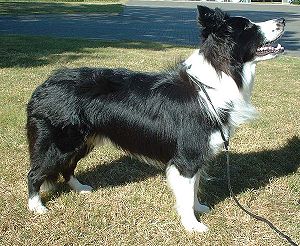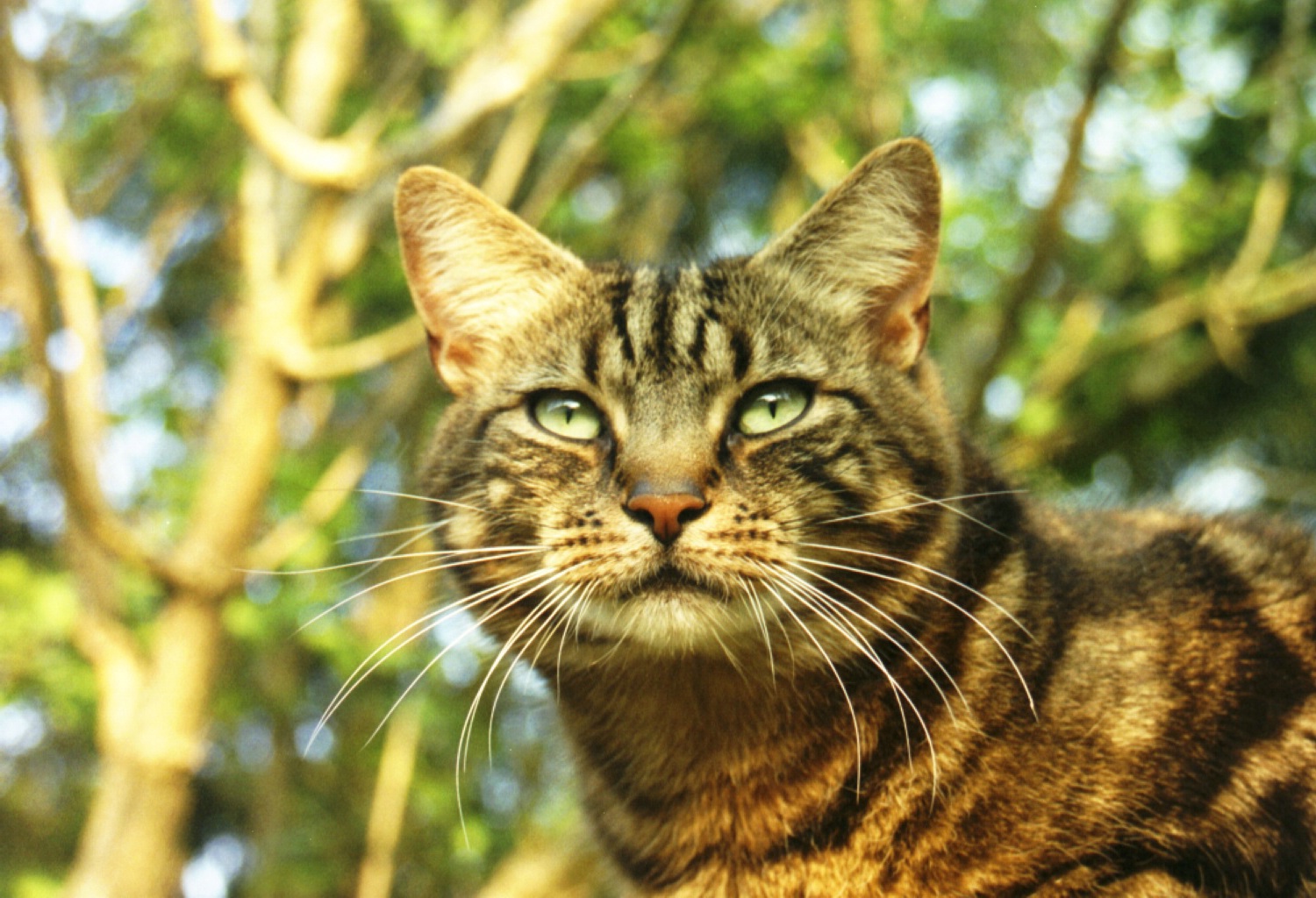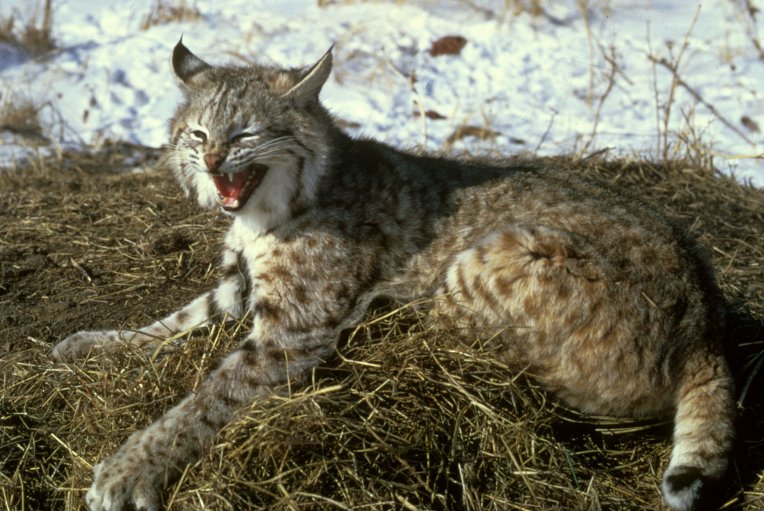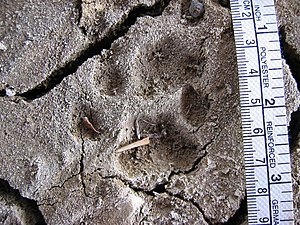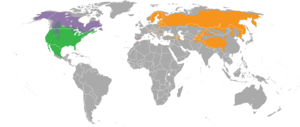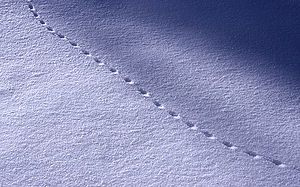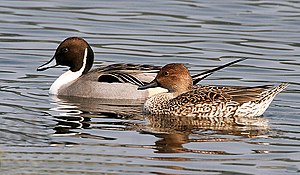Difference between revisions of "AY Honors/Animal Tracking/Answer Key 2/es"
(Created page with "{{clear}}") |
(Created page with "{{clear}}") |
||
| Line 344: | Line 344: | ||
{{clear}} | {{clear}} | ||
| − | |||
{{clear}} | {{clear}} | ||
Revision as of 18:22, 16 February 2021
| Huellas de animales | ||
|---|---|---|
| Asociación General
|
Destreza: 1 Año de introducción: 1976 |
|
Requisitos
| Conexión Logros para la Investidura: Esta especialidad está relacionada con los requisitos de Logros para la Investidura para COMPAÑERO Estudio de la naturaleza que requiere «Hacer figuras de yeso de tres diferentes huellas de animales.». Esta especialidad es una elección popular para la especialidad de la categoría de Estudio de la naturaleza de nivel de destreza 1 requerido para los COMPAÑEROS DE EXCURSIONISMO. |
Adventist Youth Honors Answer Book/Nature/Animal Tracking/Basic Casting Techniques/es
Hacer moldes de pistas en la nieve
Es difícil hacer moldes de La nieve porque no es tan firme como el barro. Además, el yeso genera calor cuando se mezcla y esto fácilmente puede derretir la nieve que rodea la pista. Sin embargo, las pistas son mucho más fáciles de encontrar en la nieve y el molde sí se puede hacer si se tiene cuidado.
Beaver scat is extremely difficult to find, as they have a habit of eliminating in the water. However, they leave more sign than any other creature except man. Beaver dams, lodges, and cut trees are very obvious signs of their presence. }}
Canines
Dogs, wolves, coyotes (Canidae)
Usage:
- {{Animal sign
- | all the parameters ...
- }}
Example: Template loop detected: Template:Animal sign </noinclude>
Cat
Cat (Felis silvestris)
Usage:
- {{Animal sign
- | all the parameters ...
- }}
Example: Template loop detected: Template:Animal sign </noinclude>
Lynx and Bobcats
Lynx and Bobcats (Lynx spp.)
Usage:
- {{Animal sign
- | all the parameters ...
- }}
Example: Template loop detected: Template:Animal sign </noinclude>
Mouse
Mouse (Mus musculus)
Usage:
- {{Animal sign
- | all the parameters ...
- }}
Example: Template loop detected: Template:Animal sign </noinclude>
Duck
Duck (Anatidae)
Usage:
- {{Animal sign
- | all the parameters ...
- }}
Example: Template loop detected: Template:Animal sign </noinclude>
Find a place where you have seen earthworms in the past, preferably where the dirt is bare (i.e., no grass). Soak the area with water to drive the worms out of the ground. Worms need air, so when it rains (or when a Pathfinder soaks the ground with a hose), they will come to the surface. They might not come out immediately, so you should plan to return a day later to look for tracks in the mud you've made.
Moles are burrowing rodents, and if you have them in your yard, it is not difficult to see where they have been. As they tunnel along, they raise the earth above their tunnels. At the end of the tunnel you may find a hole surrounded by a "mole hill".
Referencias
- Pages with template loops
- Categoría: Tiene imagen de insignia
- Adventist Youth Honors Answer Book/Honors/es
- Adventist Youth Honors Answer Book/es
- Adventist Youth Honors Answer Book/Skill Level 1/es
- Categoría: Libro de respuestas de especialidades JA/Especialidades introducidas en 1976
- Adventist Youth Honors Answer Book/General Conference/es
- Adventist Youth Honors Answer Book/Nature/es
- Adventist Youth Honors Answer Book/Nature/Primary/es
- Adventist Youth Honors Answer Book/Stage 0/es
- Adventist Youth Honors Answer Book/IAConnection/es
- Categoría:Especialidades JA/Señal de animal


